Constraint-induced movement therapy vs. bimanual therapy

Advertisement
Cleveland Clinic is a non-profit academic medical center. Advertising on our site helps support our mission. We do not endorse non-Cleveland Clinic products or services. Policy
Constraint-induced movement therapy (CIMT) has been used for a decade to improve the active movement and functional abilities in an upper extremity (UE) that is weak secondary to stroke or cerebral palsy.
Many centers now offer intensive therapy sessions lasting two to six weeks with three hours of therapy per day, several days per week, for children with hemiparesis. The unaffected extremity is constrained, often with a cast, while the weaker limb is subjected to intensive forced use and sensory interventions, with an attempt to activate and strengthen specific muscle groups and improve coordination, motor planning and functional abilities.
Multiple studies demonstrate that this technique improves motor outcomes in children with hemiparetic cerebral palsy, with lasting benefit.
More recently there has been interest in bimanual therapy for hemiparesis, where there is no limb restraint and which focuses more on functional tasks requiring the use of both hands. The thinking is that this may result in more practical or functional gains when compared with CIMT. One randomized trial has shown improvements in the bimanual therapy group compared with a control group.
So an obvious question is whether one method is better than the other. A few studies have sought to compare CIMT to bimanual therapy. One multicenter study enrolled 39 patients in CIMT, 33 in bimanual therapy and 33 in standard occupational therapy.1 Not surprisingly, the CIMT group improved more in grasp, whereas the bimanual group increased in bimanual spontaneous use of play and in activities of daily living.
Advertisement
In another comparison study, both constraint and bimanual groups showed improvements that persisted at six months. However, the bimanual group demonstrated more progress toward goals on the Goal Attainment Scale than did the CIMT group.2
At Cleveland Clinic Children’s Hospital for Rehabilitation, we see benefits in both strategies and incorporate them into our management of children with hemiparesis.
Certainly, children should begin some intervention as soon as their hemiparesis is detected. However, we do not think an intensive CIMT program is appropriate until a child is at least 18 months and preferably 24 months of age, depending on his or her developmental level.
Before that age, we begin a modified constraint program that incorporates a moderate amount of bimanual activity, thus promoting developmental progress. When we believe a child is ready for an intensive program, we bring him or her into the CIMT program and focus strictly on that philosophy.
In the CIMT program, children receive occupational therapy for three consecutive hours, five days a week, for three weeks. This includes pool therapy three times a week. They wear a cast on the unaffected arm until the last two days of the program.
At the end of this program, we see improvements in isolated movements, strength and coordination in the affected upper extremity. Then we return the child to standard outpatient therapy and a daily home activity program, where the focus is on both independent use of the affected limb and bimanual activities. For example, they are taught to open doors and turn on light switches only with their affected limb. They also practice using both extremities in functional tasks such as dressing. We often use a similar approach with good success in patients with unilateral UE weakness secondary to other conditions such as brachial plexus injury and hemispherectomy.
Advertisement
In summary, our belief is that bimanual training may be more relevant for lifelong functioning but that CIMT can boost a child’s bimanual abilities.
Regardless of the approach, in order to see long-term improvements in UE functioning, parents should view their commitment to their child’s therapy not as a several week process but as a several-year one. With our current knowledge of central nervous system plasticity, we know that the more an activity is practiced, the more the responsible neurologic pathways are strengthened, both functionally and structurally. Limited functional magnetic resonance imaging studies before and after constraint therapy support this.
But parents also must consider focusing considerable time on improving the functionality of their child’s weak limb at the expense of other developmental, recreational and educational activities and family time. As with any intervention, the clinician’s role is to help the parents make an educated decision.
Dr. Henry is Director of Developmental and Rehabilitative Pediatrics at Cleveland Clinic Children’s Hospital for Rehabilitation.
Advertisement
Advertisement
Advertisement
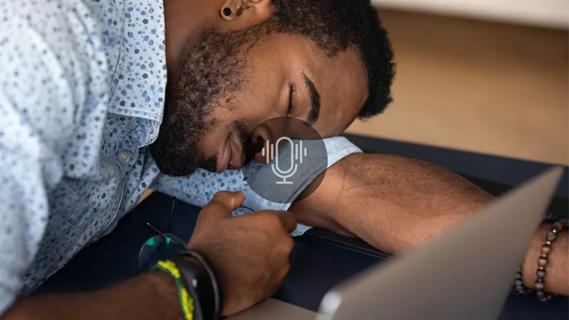
Testing options and therapies are expanding for this poorly understood sleep disorder
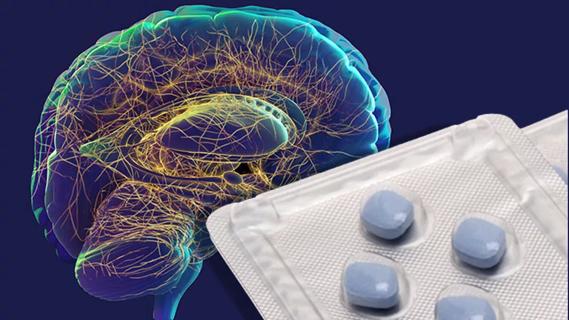
Real-world claims data and tissue culture studies set the stage for randomized clinical testing

Digital subtraction angiography remains central to assessment of ‘benign’ PMSAH

Cleveland Clinic neuromuscular specialist shares insights on AI in his field and beyond
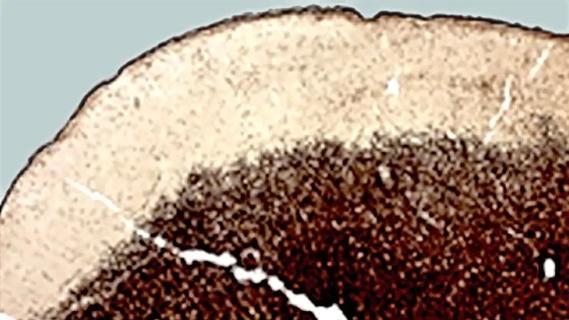
Findings challenge dogma that microglia are exclusively destructive regardless of location in brain
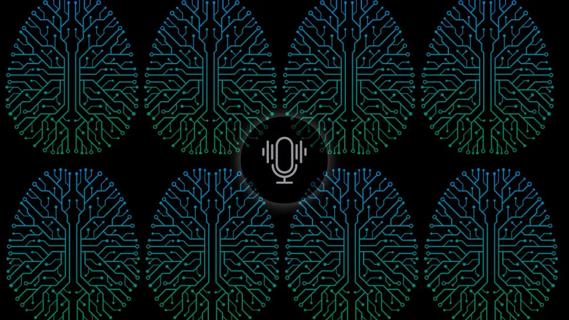
Neurology is especially well positioned for opportunities to enhance clinical care and medical training
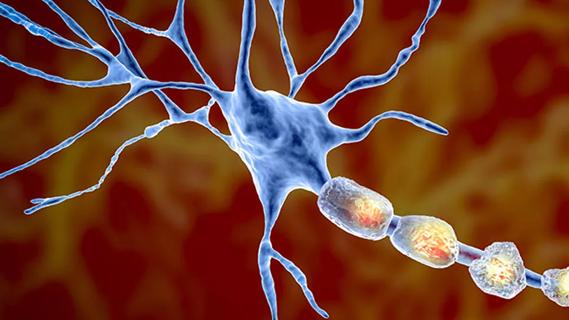
New review distills insights from studies over the past decade

Guidance from an expert on distinguishing — and co-managing — the disorders